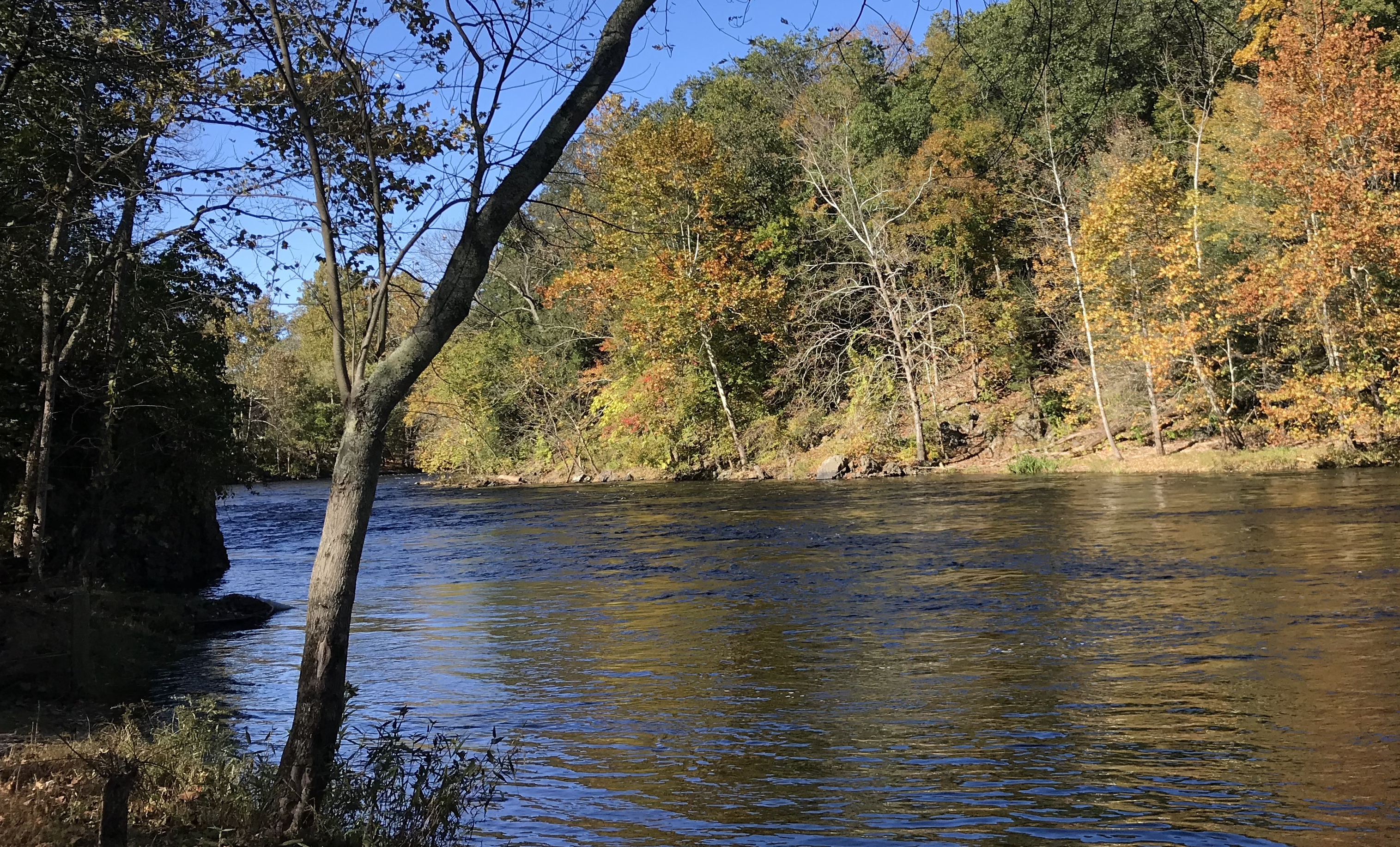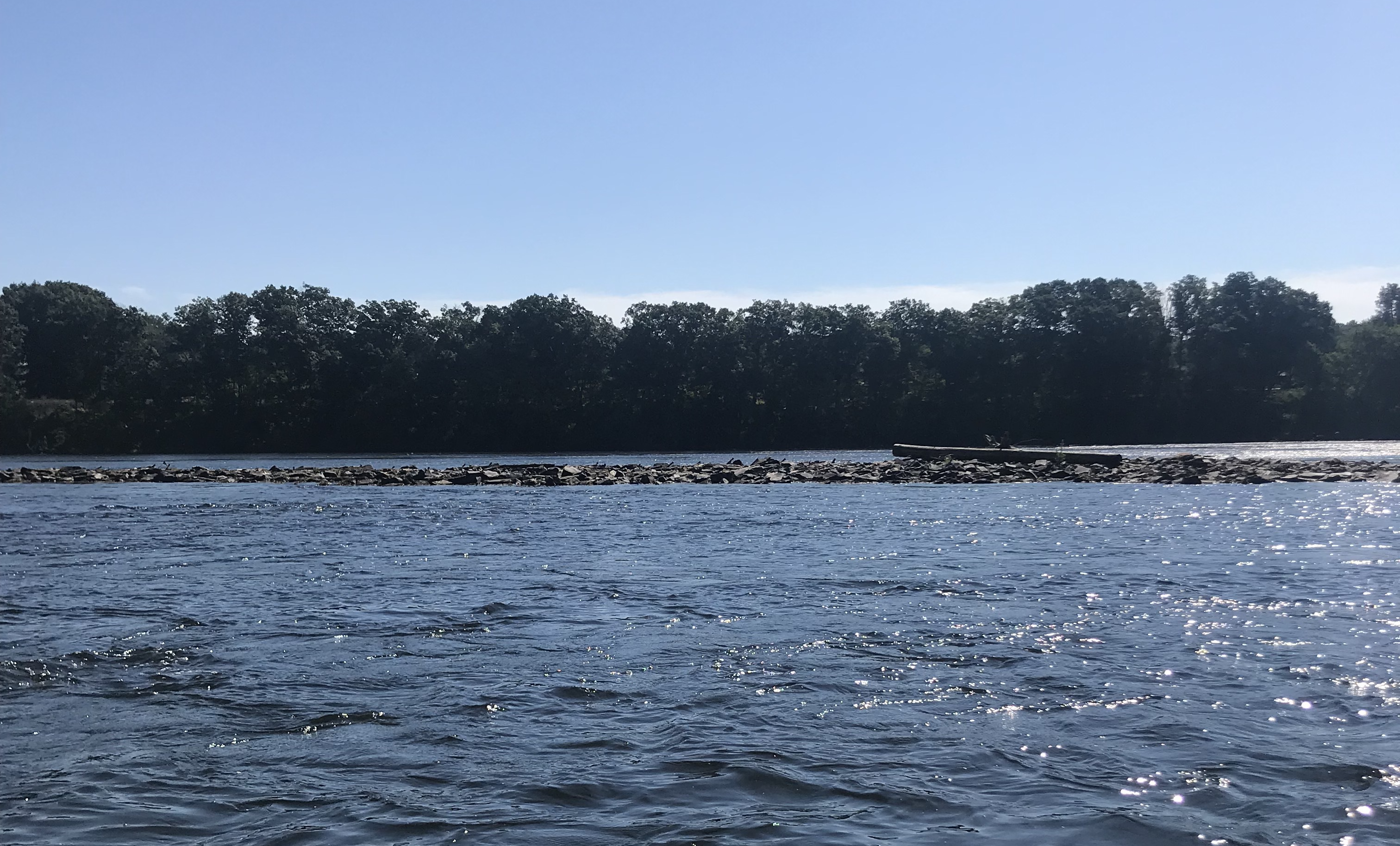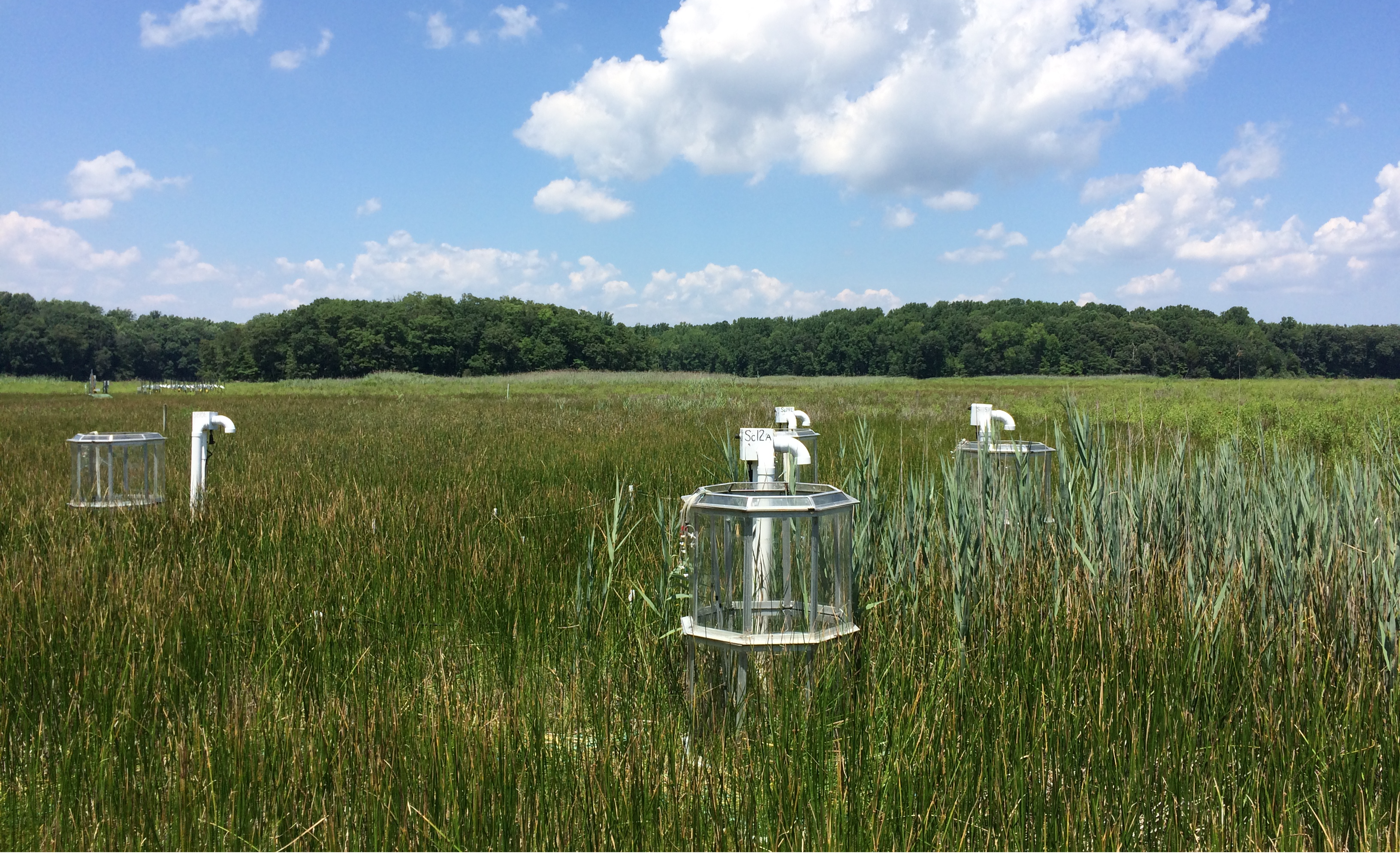Contributions of Fe(III) to UV–Vis absorbance in river water: a case study on the Connecticut River and argument for the systematic tandem measurement of Fe(III) and CDOM
Logozzo, L., J. Martin, J. McArthur, P. Raymond
May 2022 · Biogeochemistry

Dissolved organic matter (DOM) impacts the structure and function of aquatic ecosystems. DOM absorbs light in the UV and visible (UV–Vis) wavelengths, thus impacting light attenuation. Because absorption by DOM depends on its composition, UV–Vis absorbance is used to constrain DOM composition, source, and amount. Ferric iron, Fe(III), also absorbs in the UV–Vis; when Fe(III) is present, DOM-attributed absorbance is overestimated. Here, we explore how differing behavior of DOM and Fe(III) at the catchment scale impacts UV–Vis absorbance and evaluate how system-specific variability impacts the effectiveness of existing Fe(III) correction factors in a temperate watershed. We sampled five sites in the Connecticut River mainstem bi-weekly for ~ 1.5 years, and seven sites in the Connecticut River watershed once during the summer 2019. We utilized size fractionation to isolate the impact of DOM and Fe(III) on absorbance and show that variable contributions of Fe(III) to absorbance at 254 nm (a254) and 412 nm (a412) by size fraction complicates correction for Fe(III). We demonstrate that the overestimation of DOM-attributed absorbance by Fe(III) is correlated to the Fe(III):dissolved organic carbon concentration ratio; thus, overestimation can be high even when Fe(III) is low. a254 overestimation is highly variable even within a single system, but can be as high as 53%. Finally, we illustrate that UV-Vis overestimation might impart bias to seasonal, discharge, and land-use trends in DOM quality. Together, these findings argue that Fe(III) should be measured in tandem with UV–Vis absorbance for estimates of CDOM composition or amount.




